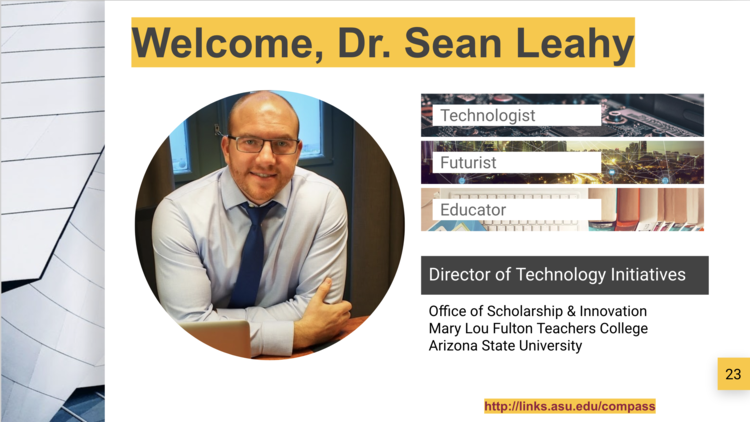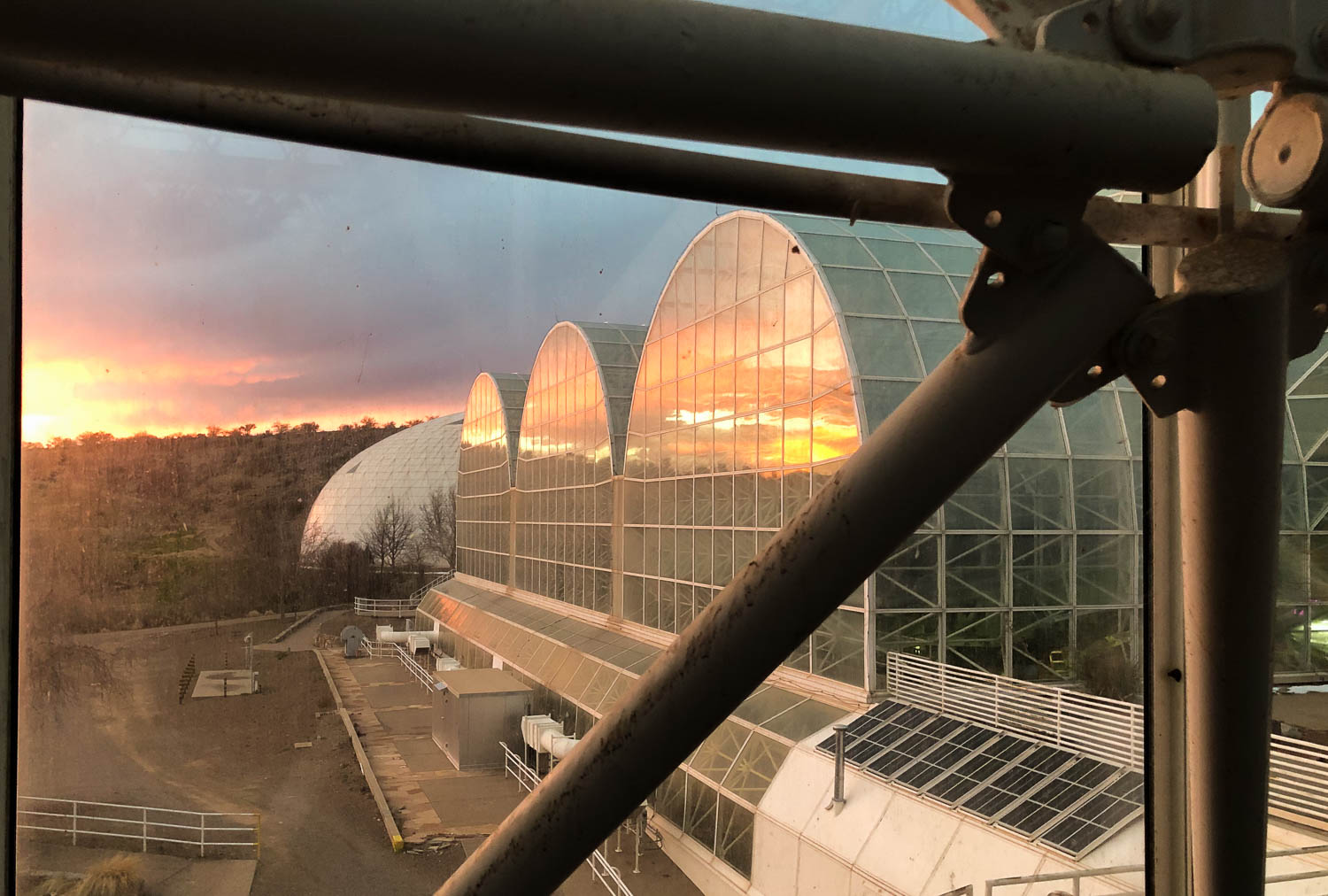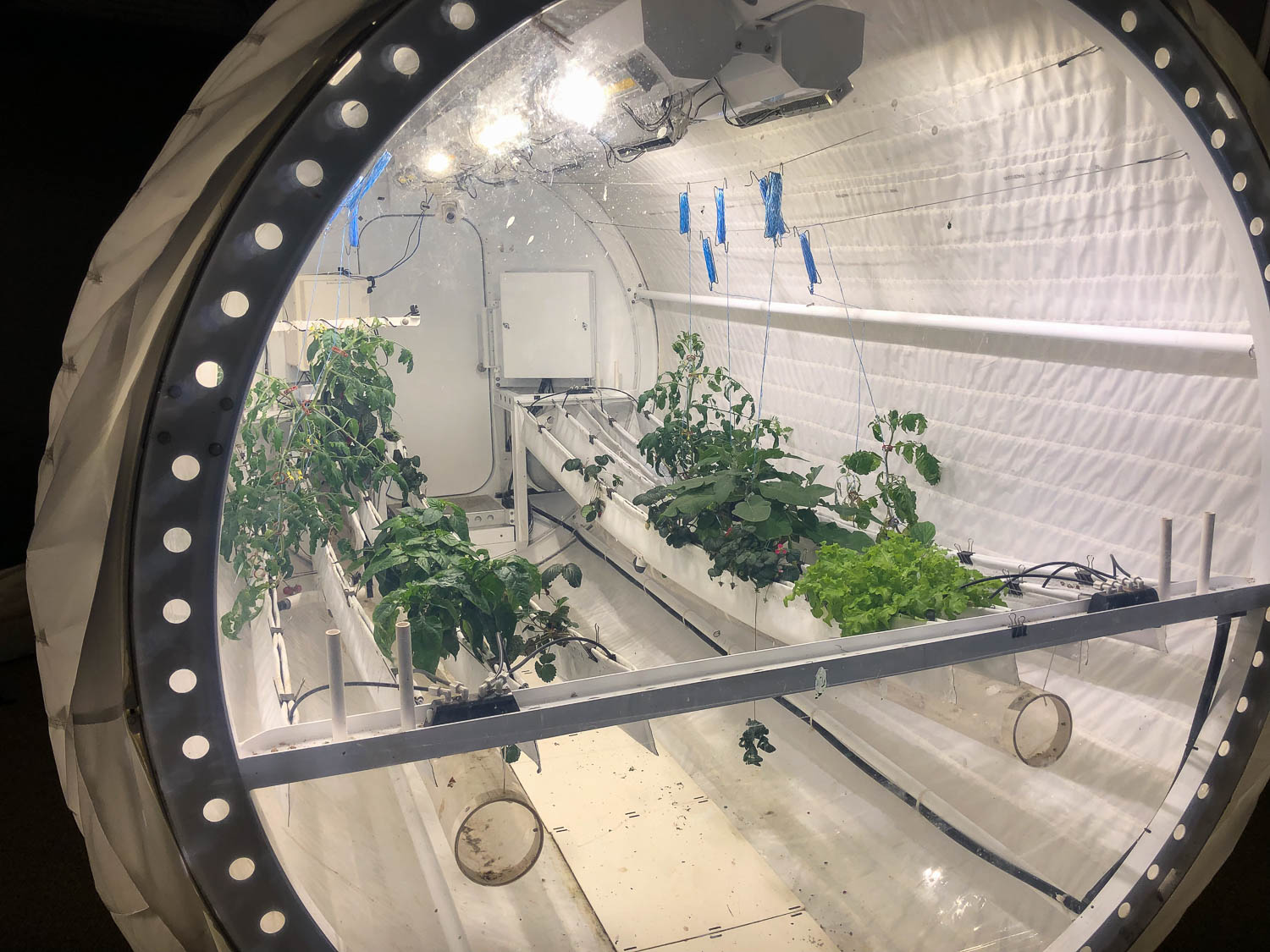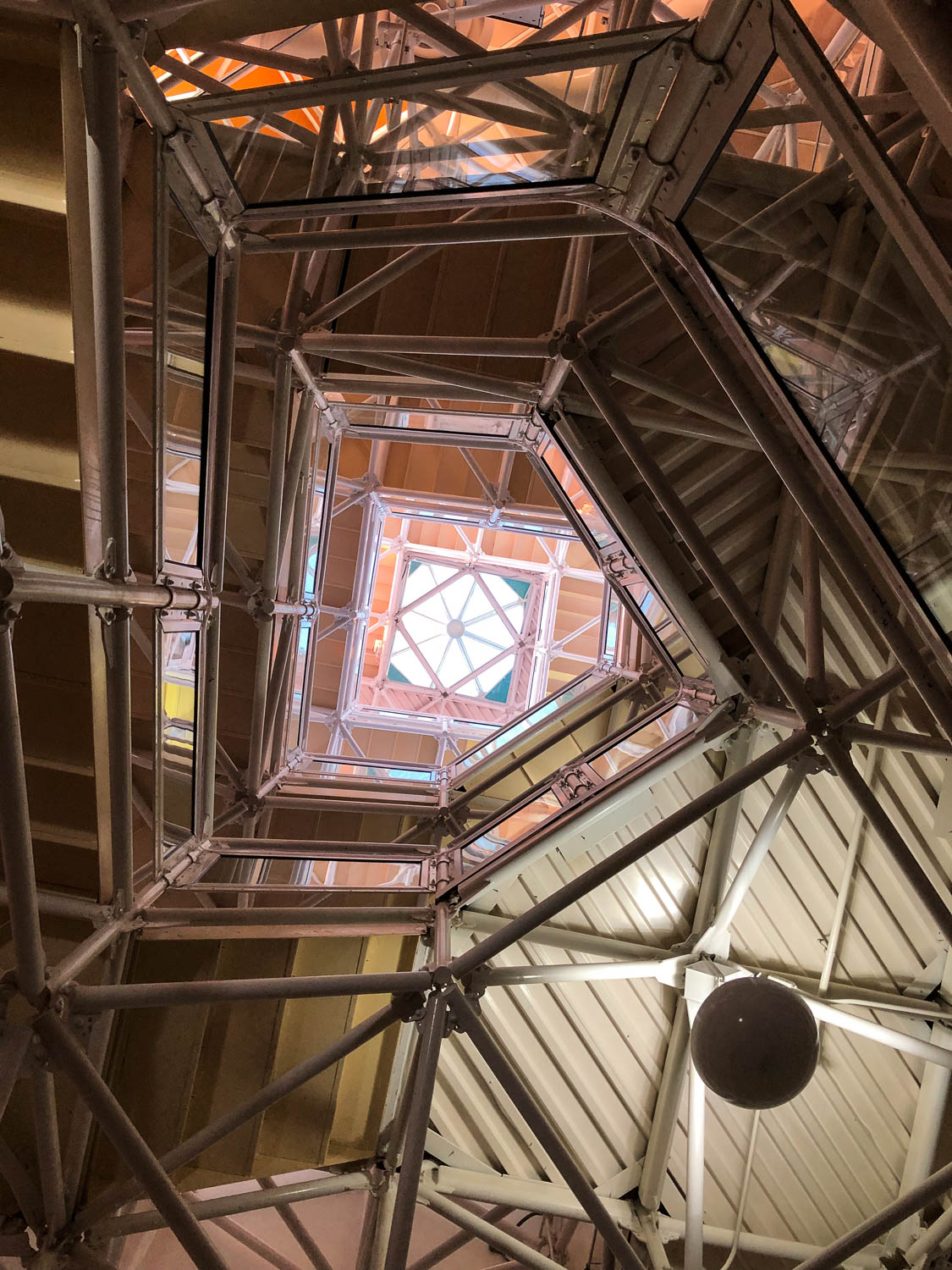Around the Flagpole: The What, Why, and How of Learner-Centered Everything
Well campers… thats a wrap!
With the end of Learning(Hu)Man today, I’m reminded of how fun this event was. It was a real pleasure to not only present, but to moderate this amazing panel. It was interesting to see how various organizations have been building experiences with students at the center. Specifically, it was interesting to hear the approach of Instructure, the owners of CMS platform Canvas, and how their approach to creating spaces for students aligns with the work from ASU and Michigan State University.
Perhaps most impressive, was the inclusion of our students Sabrina in this panel. She brought the much needed student perspective to this panel all about center-role of students in the development of learning experiences.
A major thanks to Laura for organizing this session and the invitation to moderate.
“If it’s not in service of learners, then who is it serving?”
Multiple ways to connect - a virtual experience
While the online camp experience had several ways to connect, web streaming, Zoom, the organizers also provided a unique way to get more immersed in the ‘virtual’ environment through a virtual Second Life-esque experience called VirBELA. I thought this was a really compelling way to try and reach a deeper level of immersion while participating in the event remotely.
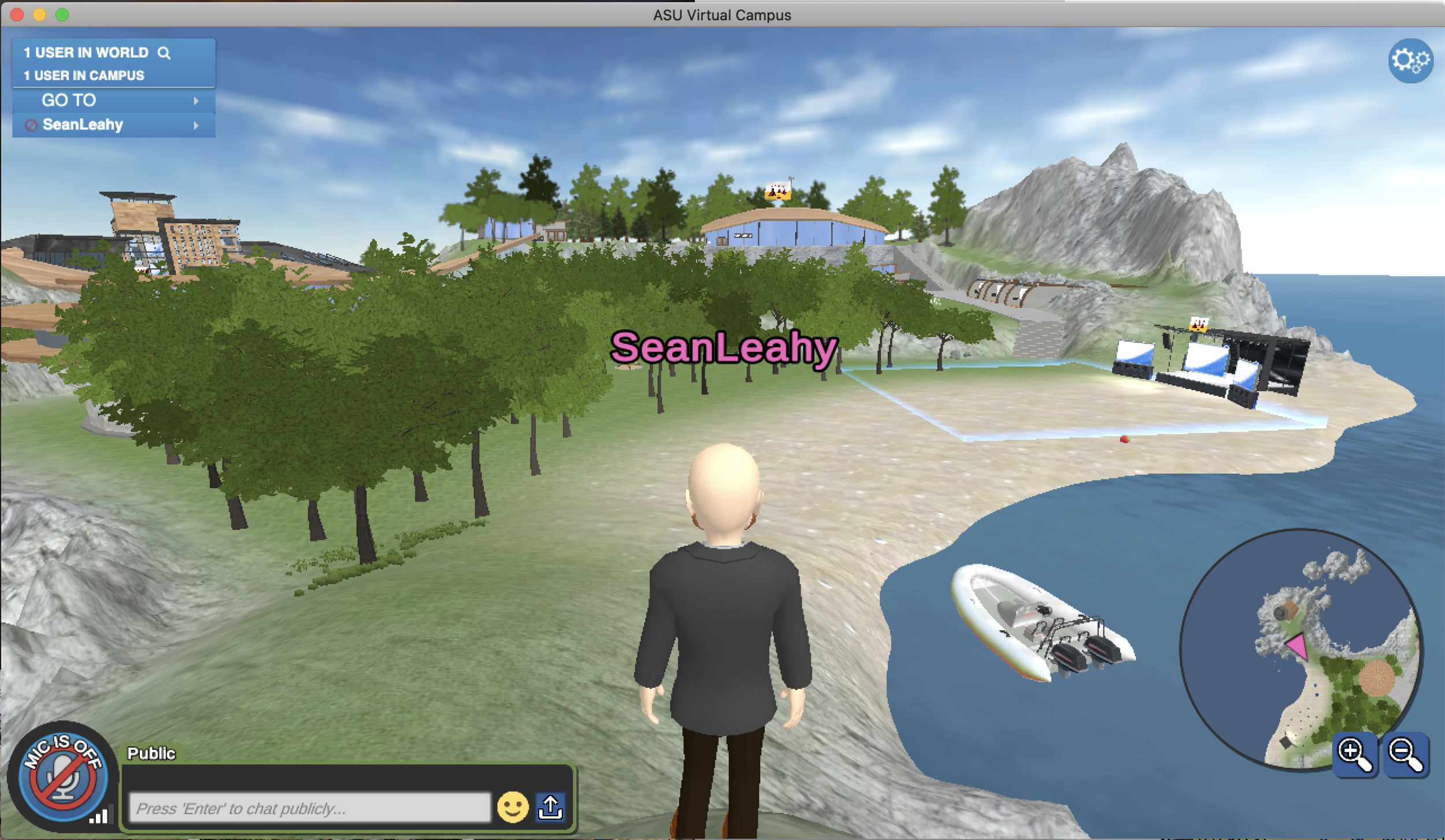
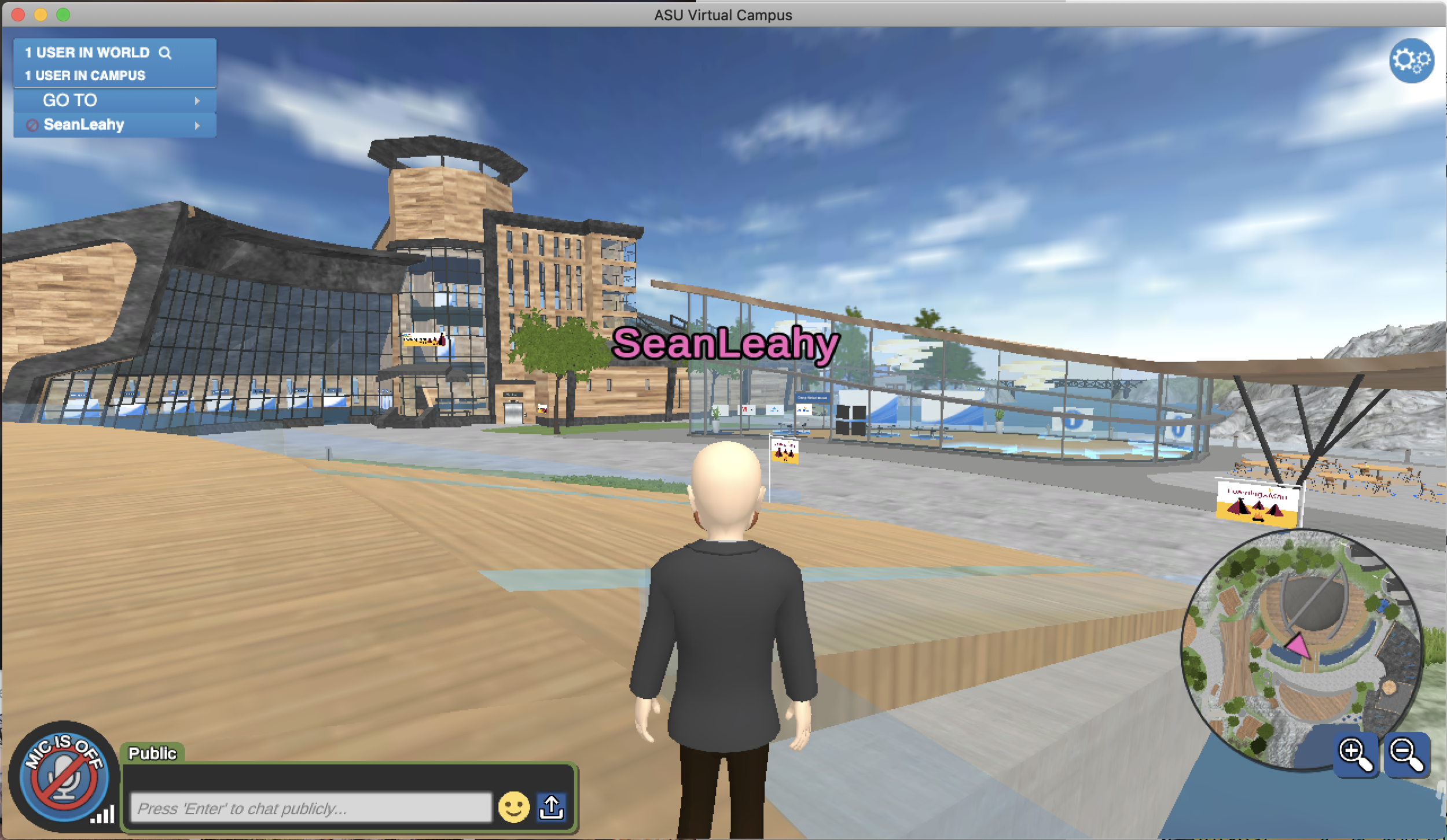

Reflections - Powered by Illustration
One of the fun elements of participating in events hosted and run out of the ShapingEDU community and ASU UTO - is the always present graphic illustrators who capture the conversations (big and small) and create these rich assets that capture the spirit and energy of the events.
Looking forward to returning to camp next summer!





